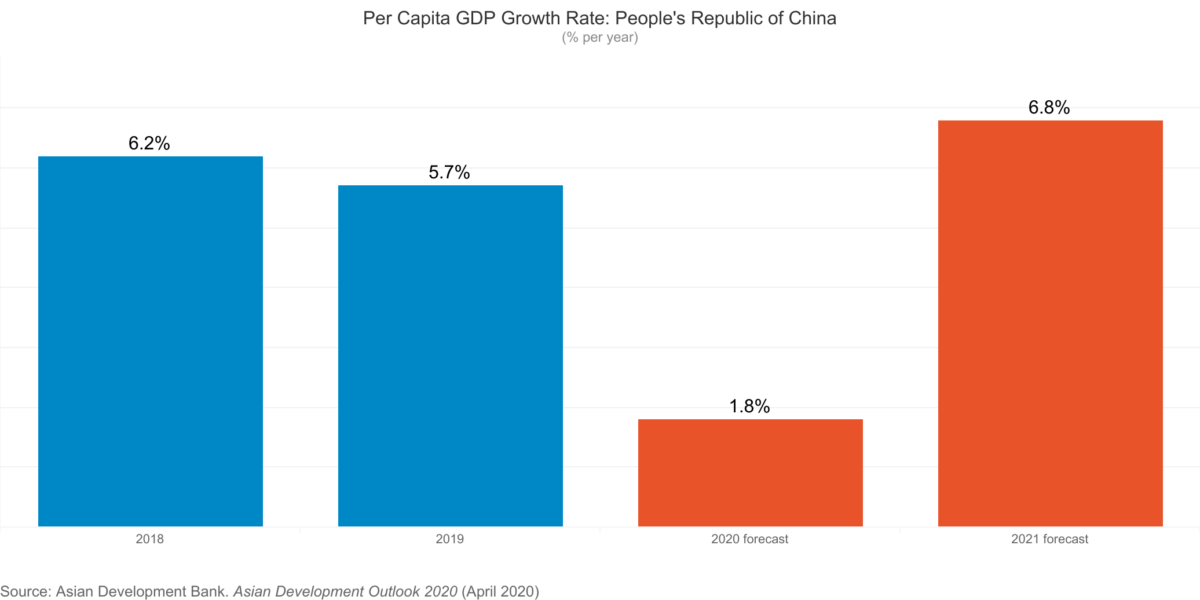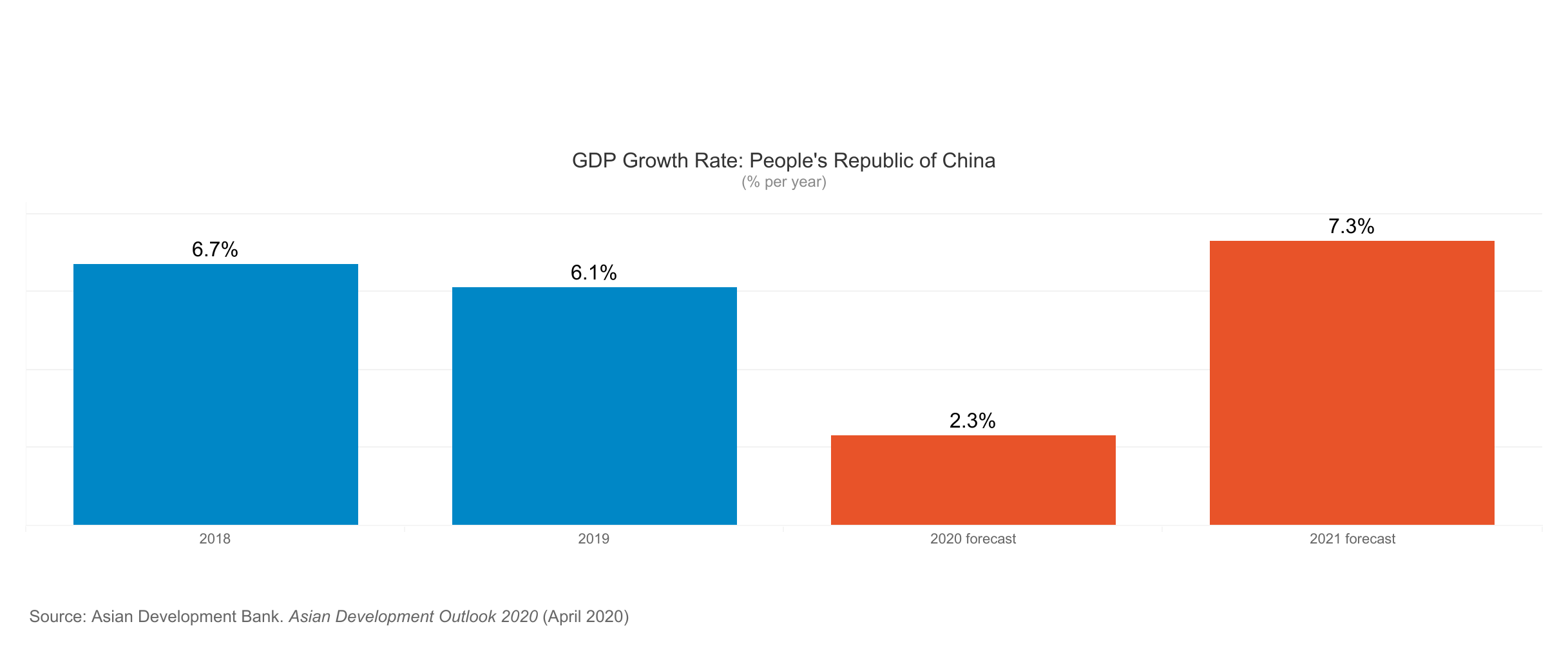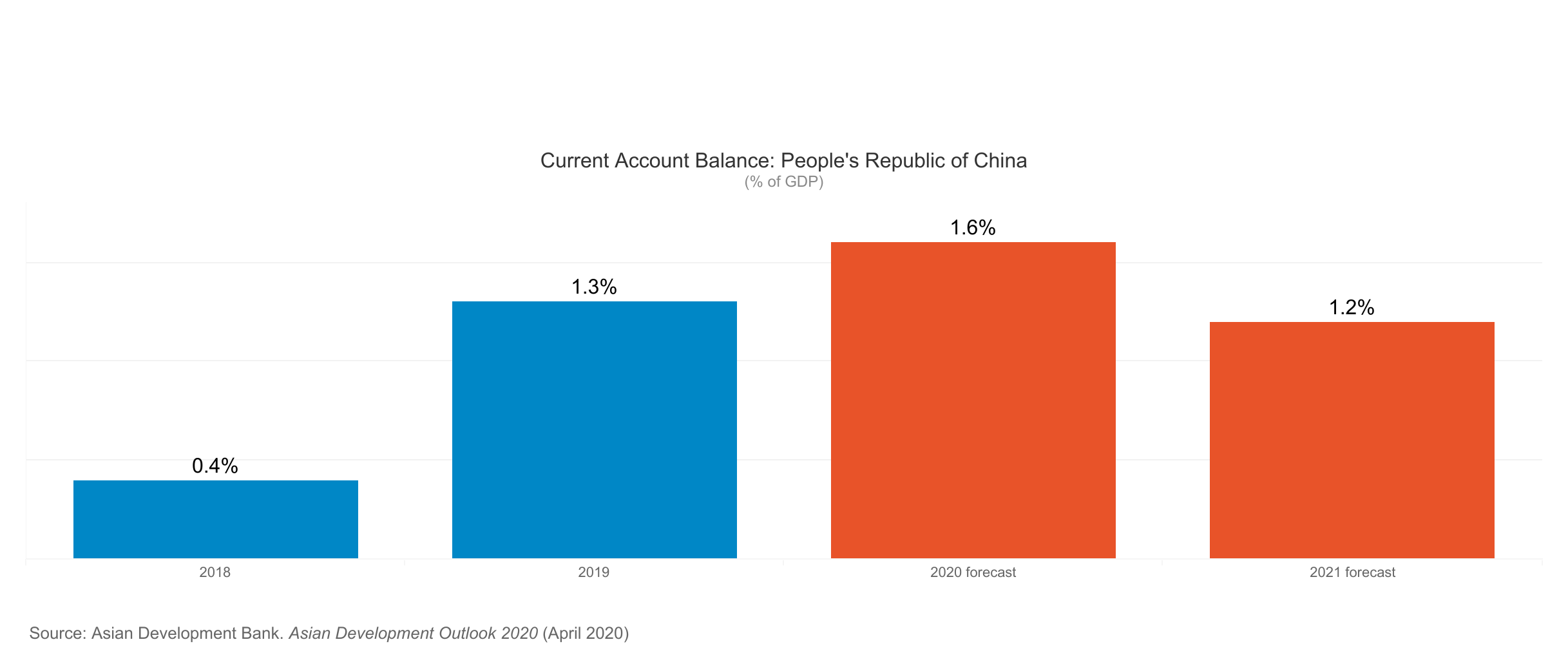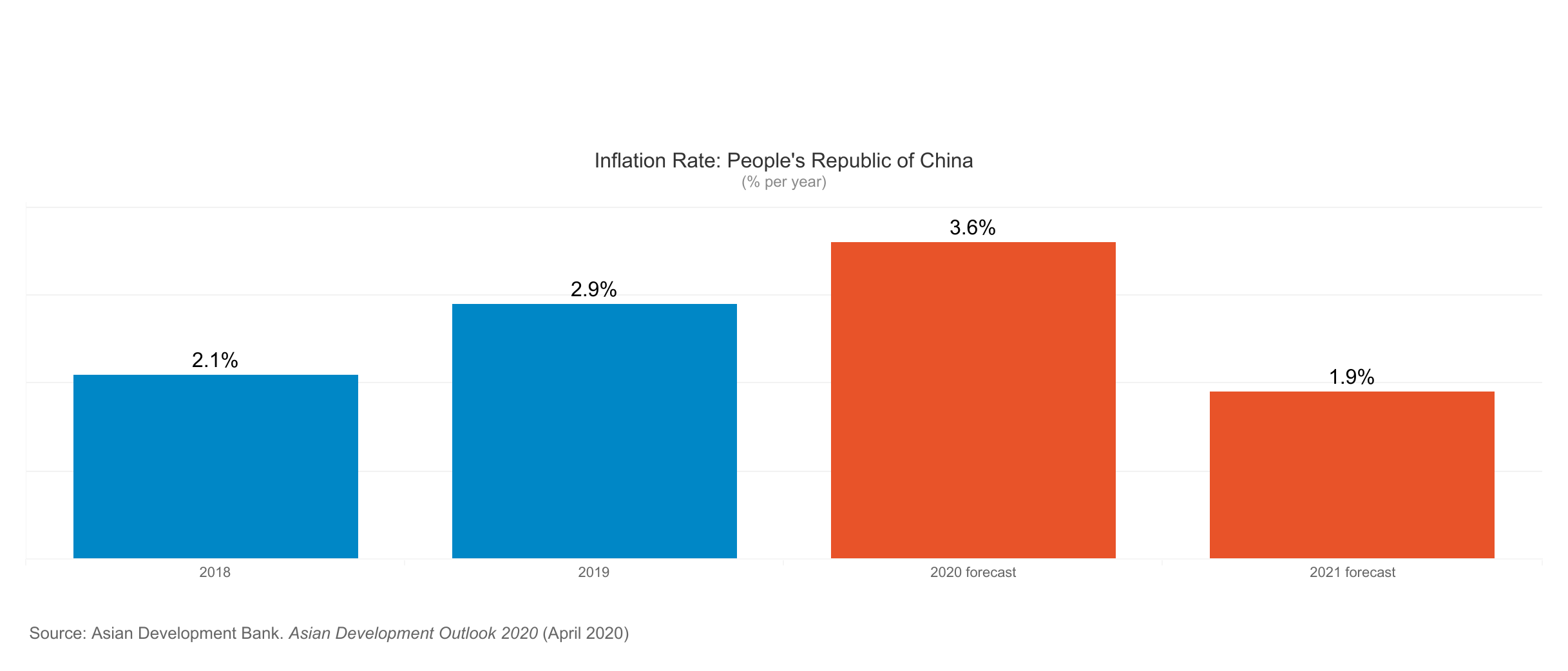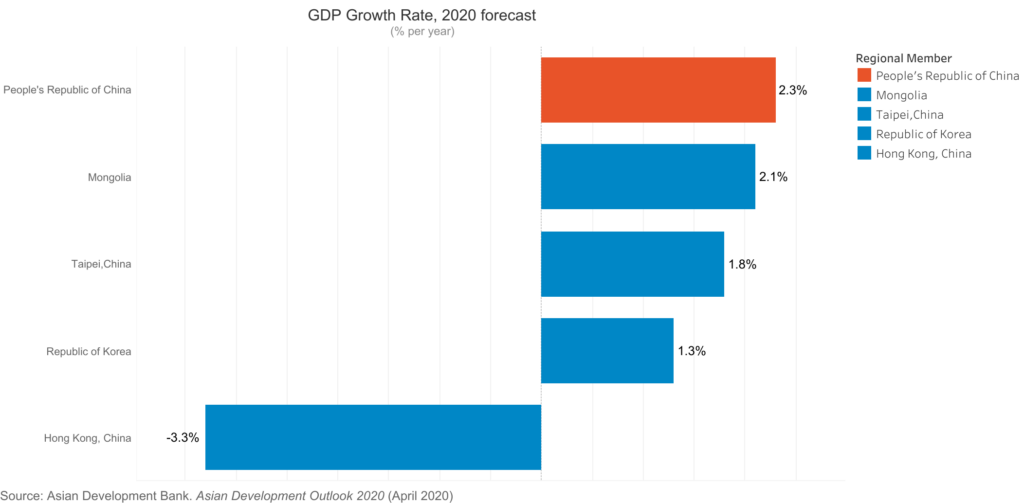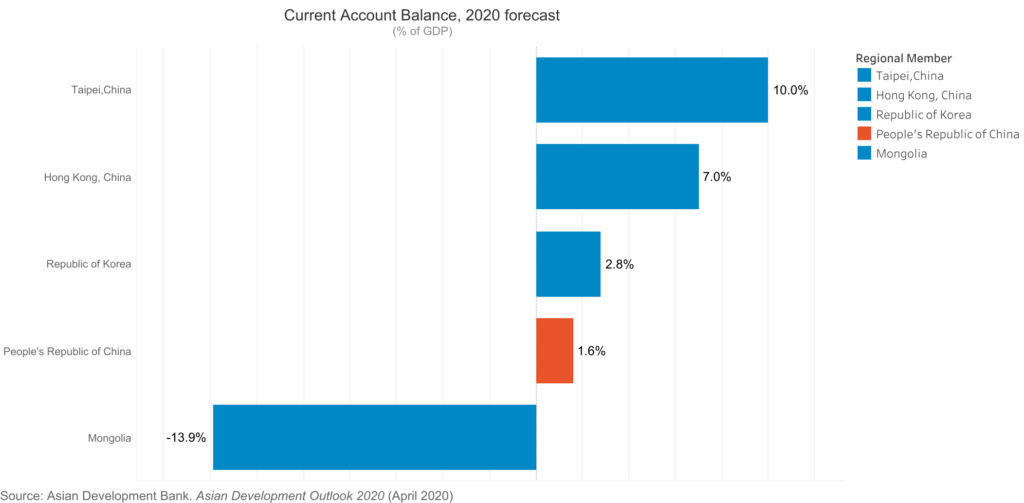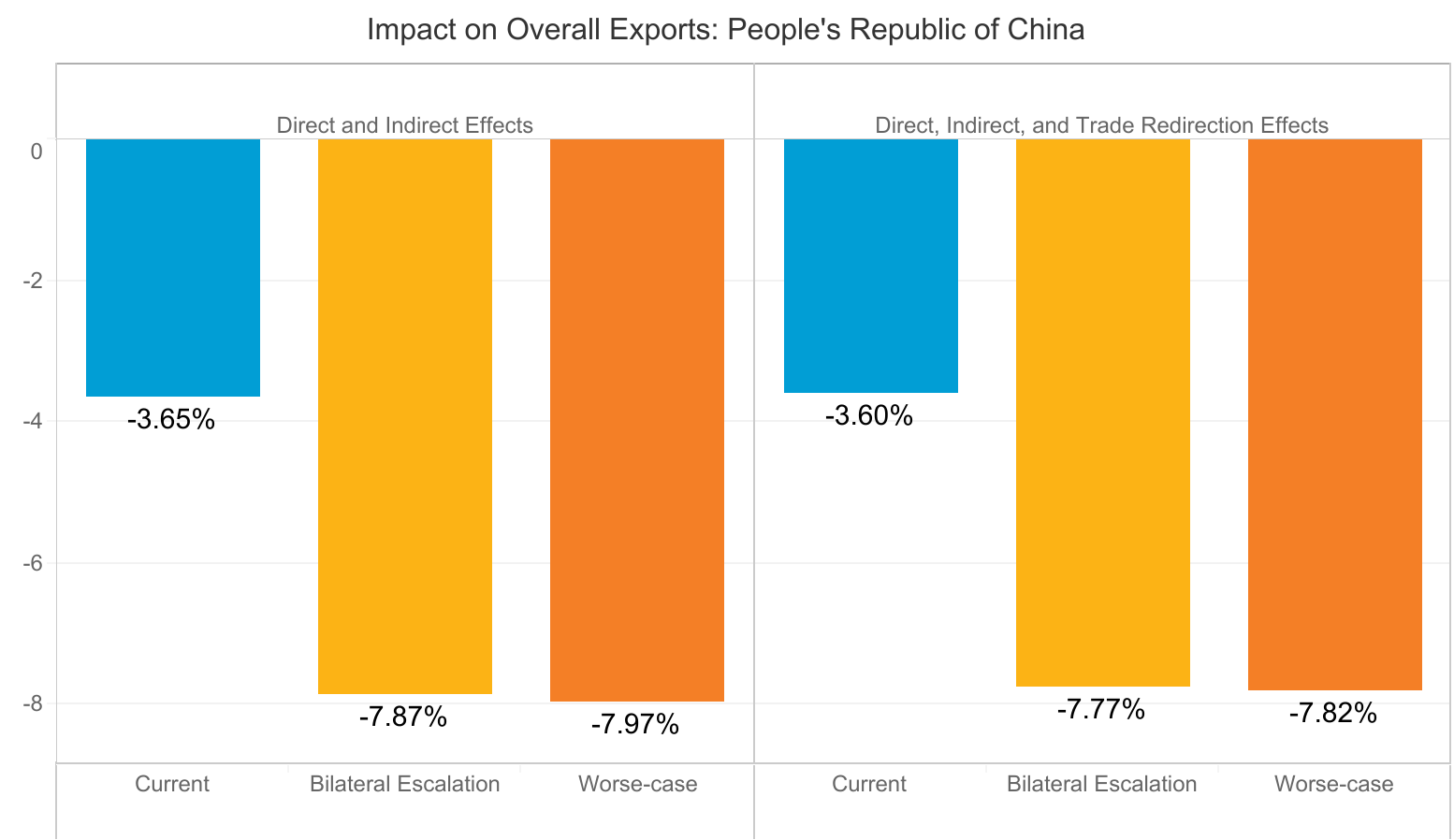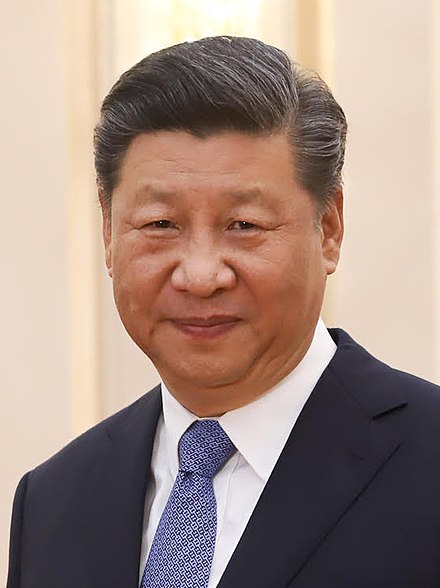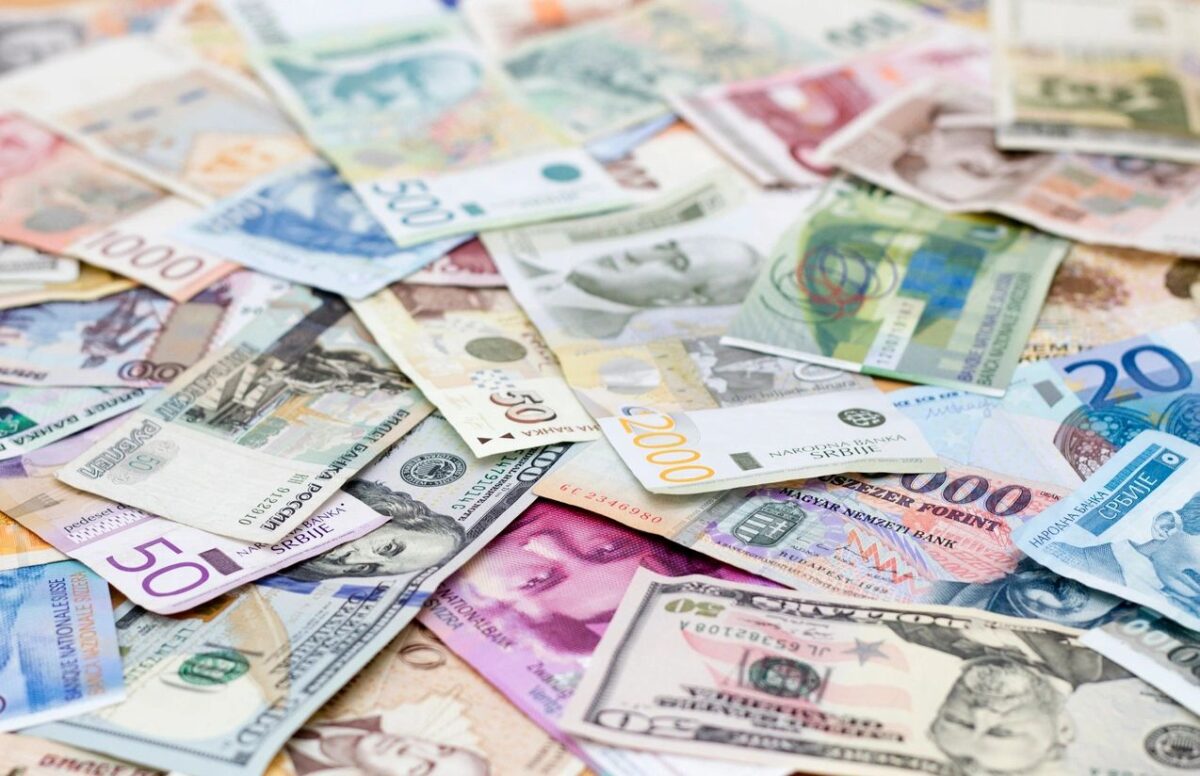As countries around the world contend with the health emergency of the COVID-19 pandemic, the economic effects of mitigation measures have immediately impacted the world’s commodity markets and are likely to continue to affect them in the longer term.
The global economic shock of the pandemic has driven most commodity prices down and is expected to result in substantially lower prices over 2020, the April Commodity Markets Outlook reports. Here is a look at the outlook for commodity markets in six charts.
As countries around the world contend with the health emergency of the COVID-19 pandemic, the economic effects of mitigation measures have immediately impacted the world’s commodity markets and are likely to continue to affect them in the longer term.
The global economic shock of the pandemic has driven most commodity prices down and is expected to result in substantially lower prices over 2020, the April Commodity Markets Outlook reports.
Here is a look at the outlook for commodity markets in six charts:
1. The pandemic has led to widespread commodity price declines
Mitigation measures taken to slow the spread of COVID-19 have resulted in an unprecedented collapse in economic activity and transport, resulting in widespread declines in commodity prices. Most commodity prices are forecast to be lower in 2020 than 2019, with energy the most affected, and agriculture the least. The risks to the price forecasts are large in both directions and depend heavily on the speed at which the pandemic is contained and mitigation measures are lifted.
2. The crude oil market has been affected most by the pandemic
The outbreak of COVID-19 has had the largest impact on the crude oil market, as two-thirds of oil is used for transport. Crude oil prices are forecast to average $35/bbl in 2020, reflecting an unprecedented collapse in oil demand. Brent crude oil prices have declined 70 percent from their January peak, and a historically large production cut by the Organization of the Petroleum Exporting Countries and other oil producers failed to lift prices in April. All crude oil benchmarks have seen sharp falls, with some briefly dropping to negative levels. Crude oil demand is expected to decline almost 10 percent (y/y) in 2020, more than twice as much as any previous fall.
3. Metals have fallen as industrial demand has collapsed
Most metal prices declined in the first quarter of 2020, reflecting a collapse in global industrial demand due to the COVID-19 pandemic.
Stimulus measures and rising supply concerns have had a limited impact so far in supporting metal prices. The declines in metals prices resulting from the COVID-19 pandemic are—for now—less severe compared to the global financial crisis.
4. Prices for food commodities except rice fell
Most food commodity prices declined in response to mitigation measures to contain the spread of the COVID-19 pandemic, record production for some grains, and favorable weather conditions in key producing regions. Rice prices, however, increased due to announcements of policy restrictions by some East Asian producers and weather-related production shortfalls.
5. Despite well-supplied markets, food security is a concern
Global food markets remain well supplied due to bumper harvests, especially in maize and wheat and major staple food commodities, stock-to-use ratios are very high by historical standards.
Nevertheless, hints of hoarding by some key exporters, and excess buying by some importers have raised concerns about food security
If concerns of shortages become widespread, hoarding may result leaving low-income countries vulnerable to food insecurity, as food accounts for a much larger proportion of their consumption than in more developed economies.

